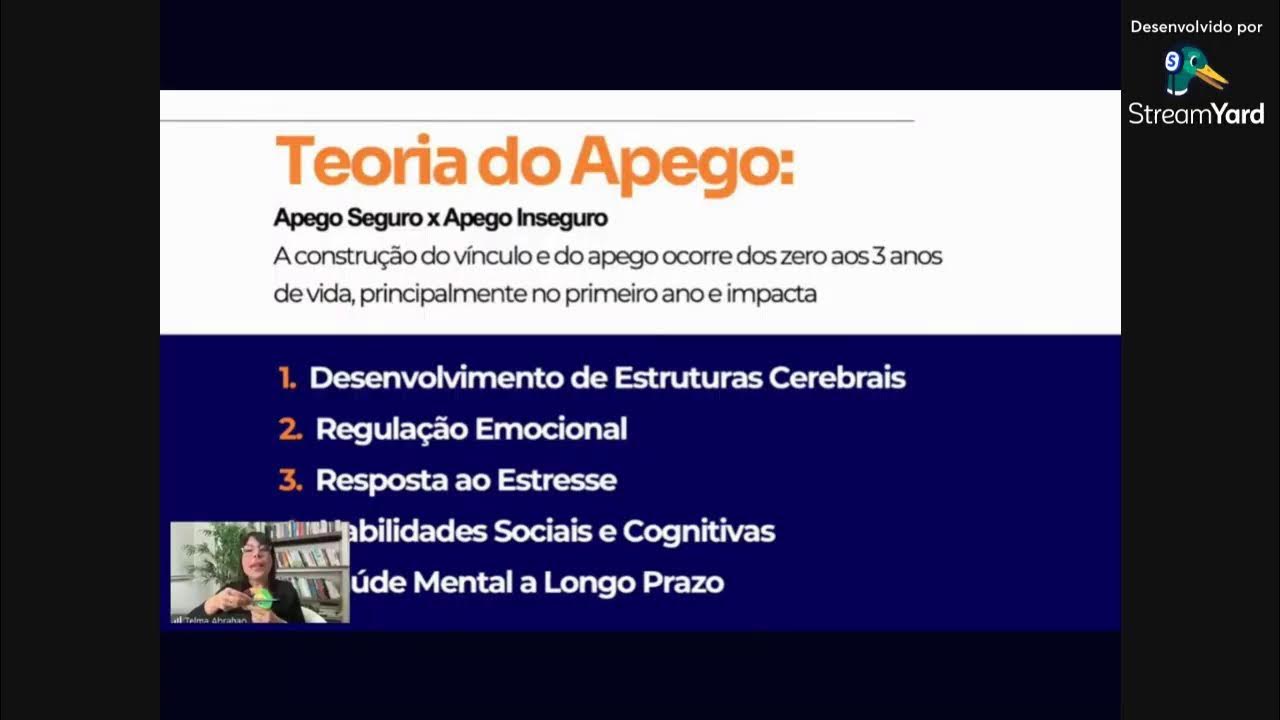How to stop being NEEDY & CODEPENDENT in love
Summary
TLDRIn this video, the speaker discusses how childhood experiences with unpredictable or unavailable parents can lead to an insecure attachment style in adulthood. Individuals with abandonment wounds often struggle with clinginess, neediness, and codependency in relationships. The speaker explains how these patterns are rooted in a lack of emotional safety and security during childhood. They advise viewers to seek emotionally intelligent, consistent partners and communicate their need for predictability and reassurance. The video encourages self-awareness and conscious relationship choices to break free from these attachment issues and foster healthier, more balanced relationships.
Takeaways
- 😀 Insecure attachment styles often stem from childhood experiences with inconsistent or unavailable parents.
- 😀 People with a wound of abandonment may become anxious or angry when their partner is unavailable or unresponsive.
- 😀 A secure attachment in childhood helps develop self-esteem, independence, and confidence to explore the world.
- 😀 Adults with insecure attachment styles may struggle with independence, feeling unsafe to make decisions or take risks on their own.
- 😀 Misinterpretation of a partner's behavior, such as not calling or being distant, may be a result of the other person's secure attachment style.
- 😀 A secure partner, comfortable with independence and space, does not see distance as a sign of losing love or connection.
- 😀 People with insecure attachment styles often seek partners who mirror the unpredictability of their childhood experiences.
- 😀 Consistency and predictability in relationships can help heal the wound of abandonment and provide emotional stability.
- 😀 People with an insecure attachment style may confuse sexual chemistry and attraction with anxiety caused by unpredictability in a partner's behavior.
- 😀 Healing an insecure attachment style involves choosing partners who are emotionally intelligent, consistent, and dependable, even if they seem less exciting initially.
Q & A
What is the core issue that the video addresses?
-The video addresses how to stop being clingy, needy, and codependent in relationships, particularly for individuals with an insecure attachment style caused by abandonment wounds.
How does attachment theory relate to insecure attachment styles?
-Attachment theory suggests that if a child experiences an unpredictable or unavailable parent, they may develop an insecure attachment style. This can lead to anxiety and difficulty trusting others in adult relationships, especially when emotional distance or unpredictability triggers abandonment fears.
What are some signs that someone may have an insecure attachment style?
-Signs include anxiety when a partner doesn't text back, feelings of anger or distress when the partner doesn't check in regularly, and the need for constant reassurance to feel secure in the relationship.
Why do individuals with insecure attachment styles feel upset when their partner is distant?
-People with insecure attachment styles often equate distance with emotional abandonment. Since they didn't develop a secure base in childhood, they may interpret their partner's behavior as a sign of rejection or that the partner no longer loves them.
How does a secure attachment style manifest in relationships?
-A person with a secure attachment style is comfortable with emotional distance, trusting that their partner loves them despite physical absence or lack of constant communication. They don’t require constant validation to feel secure in the relationship.
What is the importance of predictability in relationships for those with abandonment wounds?
-For individuals with abandonment wounds, predictability provides emotional security. Knowing their partner will check in at certain times or follow established routines helps them feel safe and reduces anxiety about potential rejection or abandonment.
How can someone with an insecure attachment style improve their relationship?
-They can communicate their need for predictability and reassurance, such as requesting regular check-ins or specific routines. They should also choose partners who are emotionally secure and willing to support their healing process.
Why do people with insecure attachment styles often choose emotionally unavailable partners?
-People with insecure attachment styles are often subconsciously drawn to partners who replicate the unpredictable or unavailable behavior they experienced in childhood. This dynamic triggers their abandonment wound, which they might mistakenly interpret as attraction or emotional chemistry.
What role does conscious partner selection play in healing from abandonment wounds?
-Consciously choosing emotionally secure partners who are consistent and available helps individuals with abandonment wounds heal. These partners provide the emotional stability necessary for the person to build trust and overcome their insecurities.
How should someone with an insecure attachment style handle it when their secure partner makes a mistake?
-Instead of reacting with anger or fear of abandonment, the person should trust that their partner's love hasn't diminished. Understanding that the mistake is likely due to an external factor (like being busy) and not a reflection of their feelings can help them manage their anxiety.
Outlines

Dieser Bereich ist nur für Premium-Benutzer verfügbar. Bitte führen Sie ein Upgrade durch, um auf diesen Abschnitt zuzugreifen.
Upgrade durchführenMindmap

Dieser Bereich ist nur für Premium-Benutzer verfügbar. Bitte führen Sie ein Upgrade durch, um auf diesen Abschnitt zuzugreifen.
Upgrade durchführenKeywords

Dieser Bereich ist nur für Premium-Benutzer verfügbar. Bitte führen Sie ein Upgrade durch, um auf diesen Abschnitt zuzugreifen.
Upgrade durchführenHighlights

Dieser Bereich ist nur für Premium-Benutzer verfügbar. Bitte führen Sie ein Upgrade durch, um auf diesen Abschnitt zuzugreifen.
Upgrade durchführenTranscripts

Dieser Bereich ist nur für Premium-Benutzer verfügbar. Bitte führen Sie ein Upgrade durch, um auf diesen Abschnitt zuzugreifen.
Upgrade durchführenWeitere ähnliche Videos ansehen

Heal Your Anxious Attachment Style FAST

What is The Attachment Theory and How is it Affecting Your Relationships?

Dr. Gabor Maté on Attachment vs. Authenticity | The Tim Ferriss Show

Encontro de Impulso - 28.10.24 sobrr s criança ferida com a telma

Avoidants Secretly Hope You Do THIS When They Stonewall

O trauma da dependência emocional. Entenda sobre Apego Inseguro (Psicanalista explica)
5.0 / 5 (0 votes)
